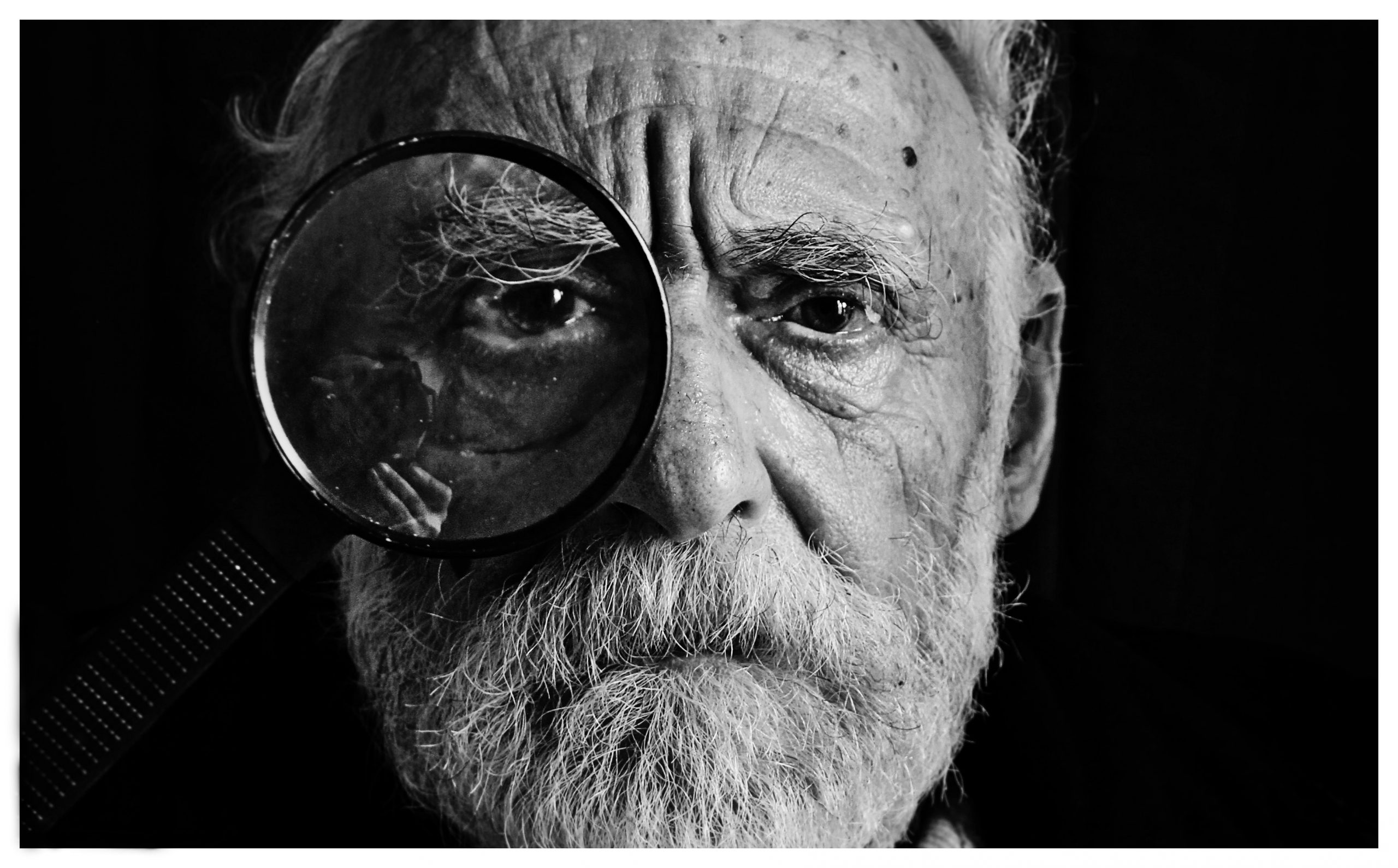We are all getting older, but some of us (according to the Minister of Health) are getting older much faster than others
“Older” New Zealanders have been defined for policy purposes in a press statement that emerged from the office of Health Minister David Clark at the weekend.
And guess what? Being “older” depends not on when you were born but on your ethnicity, which is something we define for ourselves.
A distinction between “older” Maori and Pacific people, compared with the rest of the country’s “older” people, was drawn at much the same time as the government was affirming its funding of another race-based programme. The 2020 Budget will include support in the mental health domain for services by Maori for Maori.
But what’s going on with “older” New Zealanders and the way they are being officially defined?
At Point of Order, we were fascinated by the focus on the word “older” (older than what?) rather than “old” (although we agree this, too is problematic).
Then we examined the fine print of the announcement of new funding ($3.5 million) for organisations supporting vulnerable groups to provide additional mental health and wellbeing support. And we learned that –
- Most of us are “older” at age 70; and
- Some of us are “older” at 50.
It all depends on ethnicity, according to notes for editors in the press statement –
Summary of additional wellbeing support for at risk communities due to COVID-19
Total funding for the initiatives below is approximately $3 million. This covers the period from April 2020 to 30 September 2020.
One initiative is the targeting of campaigns for priority groups.
The Health Promotion Agency will do this job, which entails:
Multiple campaigns with targeted messaging delivered to communities experiencing particular risks or which are traditionally ‘under- communicated’ with. Campaigns will be delivered for these priority groups: M?ori; Pacific peoples; older people (including people over 70 and M?ori and Pacific peoples over 50); people who have chronic health conditions including those who are immunocompromised; and pregnant women and new mothers.
The race base of the policy targeting is double-barrelled.
First, Maori and Pacific groups are the only racial groups described as a priority group.
Second, “older” people are 20 years younger than for other “older” people if they are Maori and Pacific peoples.
We are tempted to wonder when this age differentiation will be applied to eligibility for National Superannuation and the Gold Card.
Yes, we know the lifespans of Maori are lower than they are for the total population. Whether this explains a 20-years difference is open to question.
But if this is the basis for the distinction drawn in the work to be done by the Health Promotion Agency, why not a gender-based distinction* too?
Based on death rates in New Zealand for 2017–19:
- Life expectancy at birth is 80.0 years for males and 83.5 years for females.
- Life expectancy at age 65 is 19.5 years for males and 21.7 years for females.
- Life expectancy at all ages reduced very slightly from 2016–18 (allowing for revised population estimates).
Stats NZ didn’t have up-do-date data on ethnicity.
Complete period life tables for 2017–19, including life tables for major ethnic groups, will be published later this year, to give a more comprehensive picture of mortality and survival trends.
But we could argue that being “older” may well depend on where we live.
For people who died between 2017 and 2019, the median lifespans for both males and females were slightly longer for those who died in the South Island compared with the North Island. South Island males had a median lifespan of 79 years, compared with 78 years for North Island males. Likewise, South Island females had a median lifespan of 84 years, compared with 83 years for North Island females.
Males and females who died in the Nelson region had the highest median lifespan (81 and 86 years, respectively). Other regions where both males and females had higher median lifespans than for all of New Zealand included Marlborough, Otago, Canterbury, Taranaki, and Wellington.
Mind you, this is based on where the person lived when they died and does not necessarily reflect where they spent most of their life.
If you enjoyed this BFD article please consider sharing it with your friends.

